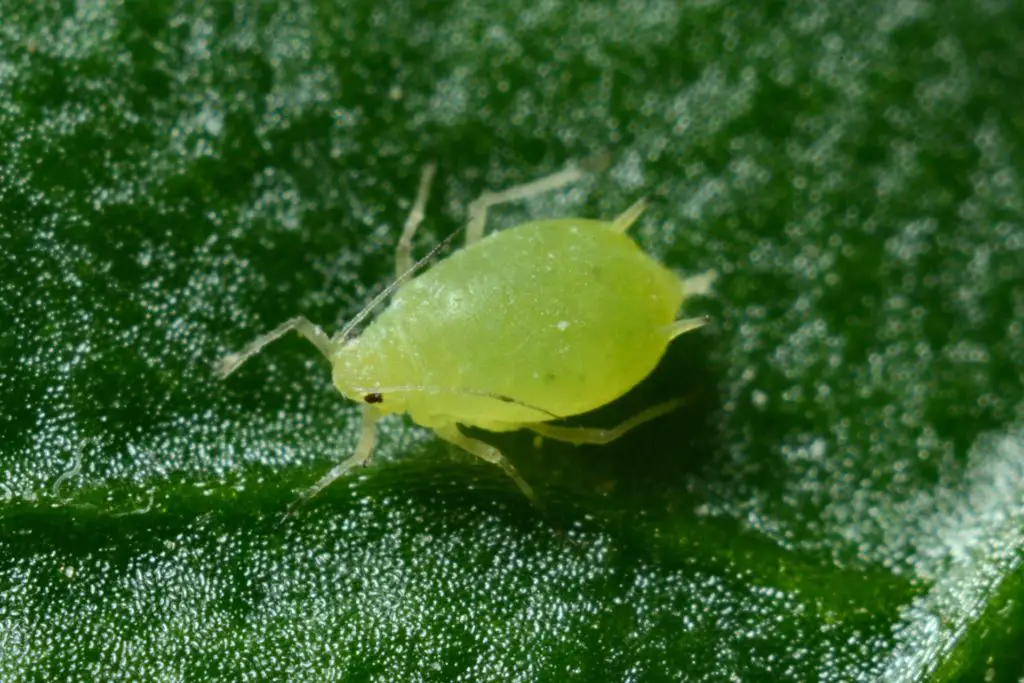Last updated on January 19th, 2024 at 04:44 pm
No, while it might seem like bees are eating aphids (often referred to as black flies or green flies) they’re feeding on the sugary waste excretions produced by Aphids while feeding on tree sap. This excretion is known as ‘honeydew’.
It’s a common misconception that bees are a natural form of pest control for aphids, bees will not harm aphids in any way when collecting honeydew.
do bumble bees eat aphids?
There is some debate about why bees are so attracted to aphids and eat the secretions they produce.
Species of bumblebees have been observed to select aphid secretions over other nectar-rich resources.
Some people believe this indicates a deficiency in the bees’ diet due to a lack of particular flowers in the areas surrounding their nests.
Other people believe it comes down to bees’ opportunistic nature, opting to gather resources with as little effort as possible.
It’s important to note that bees require carbohydrates and protein and while honeydew is packed with carbs it lacks the protein content required to complete a bee’s diet.
This means that any bees feeding on honeydew will also need to source protein in their diet, normally in the form of pollen or in some rarer cases flesh or meat.
Can you remove aphids without hurting the bees?
Yes, you can use some forms of natural pest control to control aphid populations without negatively affecting any bees feeding on their honeydew.
Mild and wet winters and warm summers can lead to explosions in the number of aphids you see on plants and trees in your garden.
Introducing Green Lacewing larvae into your garden will quickly counteract the rise in numbers.
Pale green in appearance with two transparent wings these inconspicuous insects are avid predators of aphids, mites, and various other small garden pests.
Lady beetles often referred to as ladybugs are another great way to keep down aphid populations.
Both the mature insect and the larvae will slowly climb plants in search of aphids for sustenance.
Interestingly the lady beetle larvae are much more effective at removing aphids than their mature adult counterparts.
A ladybeetle or ladybug larvae will consume anywhere between 200-250 aphids a day as opposed to the 20-25 consumed by full-size adults of the species.
In conclusion
So in answer to the question do bees eat aphids?
No, they don’t, but they do feed on the sugary secretions produced by aphids after consuming tree sap.




